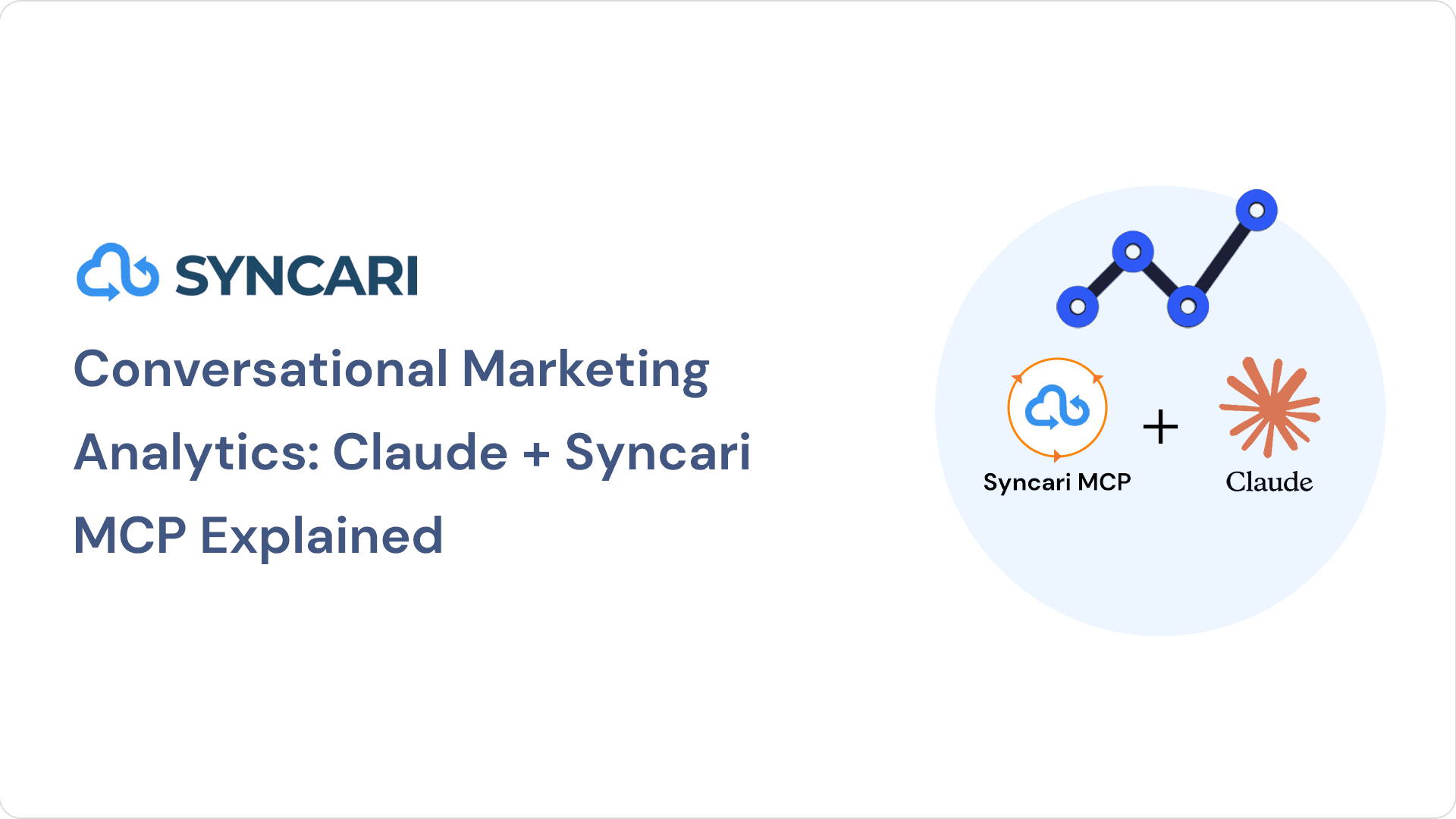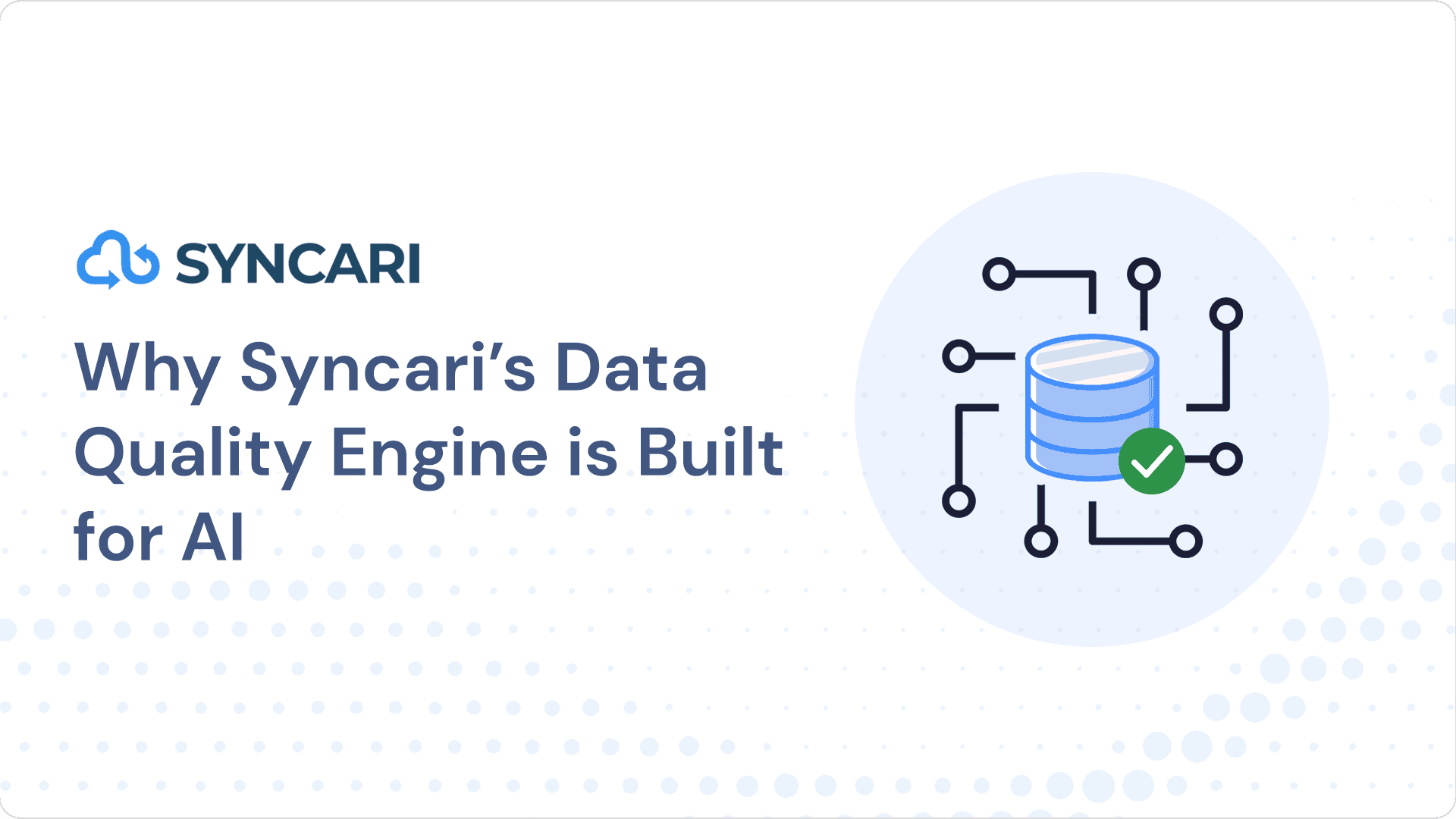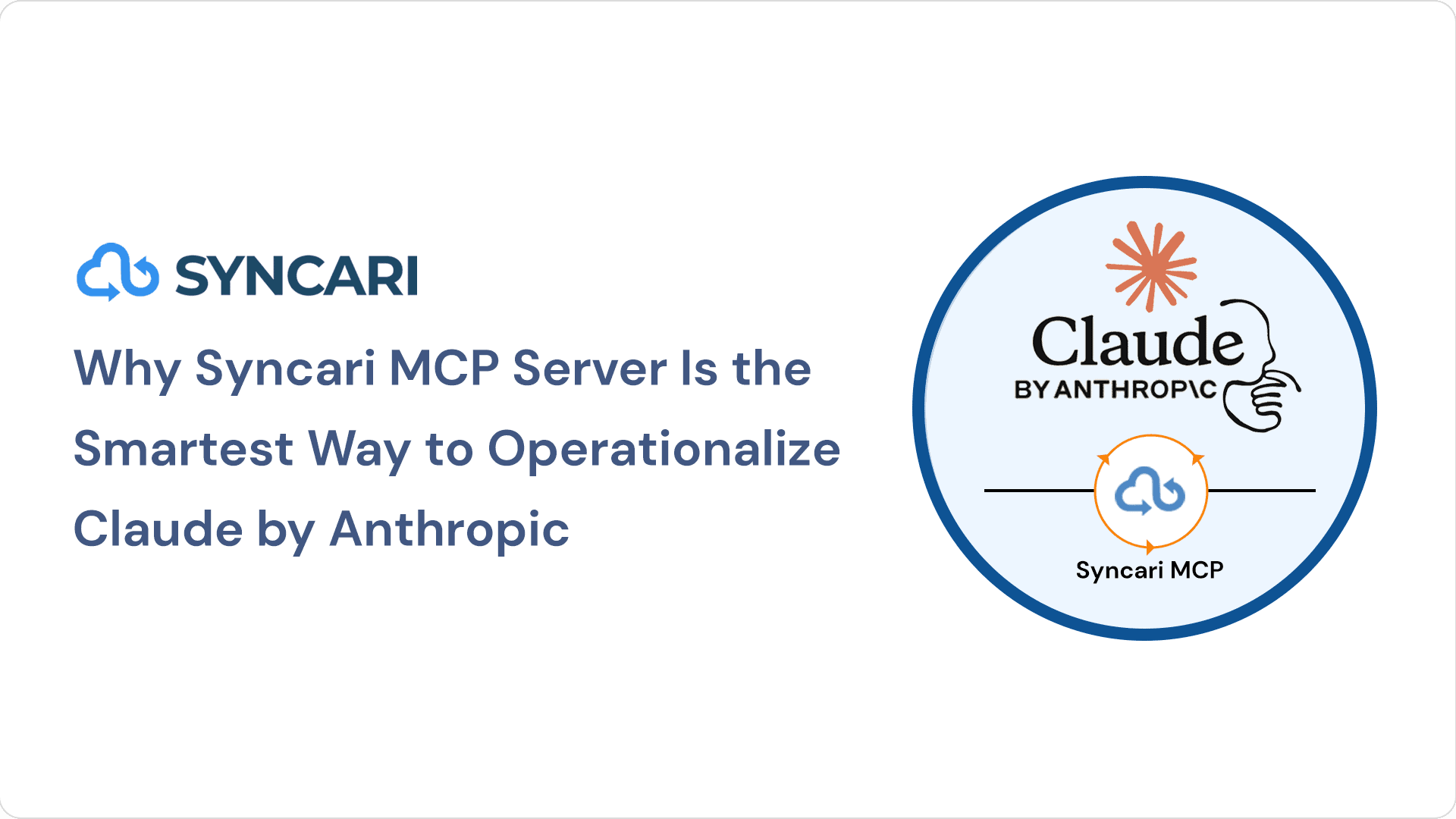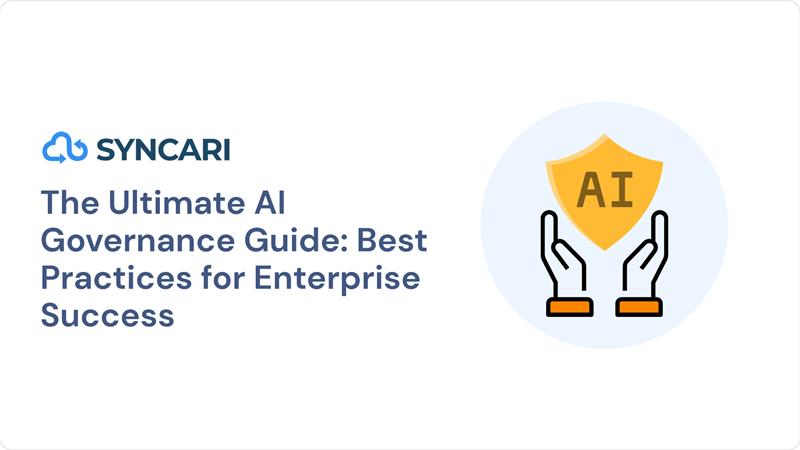Data breaches exposed 42 million records in the past year, highlighting the importance of data security standards for businesses.
- Choosing the right data security standards requires considering location, industry, and customer expectations. Data security standards are essential for companies to protect their sensitive information.
- Strengthening authentication and having a security architecture and response plan are crucial for effective incident response.
- Effective recovery from data corruption events requires prompt detection, mitigation, and containment measures.
- Regular security audits, employee education, access controls, continuous monitoring, encryption, and data protection are essential for protecting data and maintaining a resilient digital environment.
The strength of your security is only as robust as the weakest link in your infrastructure and application ecosystem. As organizations map out their systems, interactions, and potential attack surfaces, the reality is often a sobering image. Hardening internal systems is crucial, but establishing firm boundaries around vendor systems is equally vital. Companies need to protect sensitive and confidential information from unauthorized access, use, disclosure, disruption, modification, or destruction.
Importance of Data Security Standards
Businesses must prioritize data security to protect customer information, avoid legal action and penalties, and maintain a positive reputation. These businesses often handle sensitive customer information, making data security standards and regulations particularly important for them. Failing to comply with these standards and regulations can lead to severe consequences such as fines, legal action, and damage to an organization’s reputation.
To ensure data security, businesses in these sectors need a security plan. The FTC Safeguards Rule, for example, requires companies to develop, implement, and maintain an information security program with administrative, technical, and physical safeguards designed to protect customer information. This rule emphasizes the importance of having robust data security measures to protect customers’ information and remain compliant.
Businesses can safeguard customer information, avoid legal issues, and maintain trust and confidence in their services by prioritizing data security and adhering to relevant standards and regulations.
Several factors need to be considered when choosing the right data security standards. These factors include the company’s location, the industry it operates in, the nature of its business, customer expectations, and available resources. Each factor plays a crucial role in determining the appropriate data security standards that should be implemented.
Additionally, the impact of international standardization on additional security measures for the cloud cannot be overlooked. While cloud storage offers inherent security benefits such as data encryption and remote storage through neutral parties, companies may need to implement additional security measures to address increasing concerns from users and stakeholders. International standardization can also influence the security measures required for data stored on cloud servers.
In conclusion, choosing suitable data security standards is a complex process that requires careful consideration of various factors, including location, industry, nature of business, customer expectations, and the impact of international standardization on cloud storage security measures.
Okta’s recent customer data breach reminds organizations to prioritize a comprehensive security strategy across their entire data landscape. To avert potential breaches, a multi-layered approach is recommended and imperative to prevent possible violations.
Enhancing Data Security through Strong Authentication Measures
Implementing multi-factor authentication (MFA) stands as a robust measure to enhance security. By requiring additional verification steps beyond traditional passwords, such as biometrics or one-time codes, organizations add an extra layer of defense against unauthorized access. Employing Virtual Private Networks enhances secure data transmission, providing an additional safeguard against potential breaches.
Companies must have a security architecture and response plan to respond to incidents effectively.
Once an incident occurs, companies must be able to detect the event and respond accordingly. This involves having a well-defined incident response plan outlining the steps to take in a security breach. The plan should include procedures for containing the incident, investigating the cause, and mitigating the impact. It should also have communication protocols for notifying relevant stakeholders, such as customers and regulatory authorities.
A security architecture and response plan are crucial for companies to effectively respond to incidents and minimize the damage caused by security breaches. It lets them quickly detect and respond to threats, reducing the risk of data loss or unauthorized access.
Developing a Comprehensive Incident Response Plan for Swift Action
Recovering from data corruption events in IT enterprise environments requires guidance and the use of methods and tools to detect, mitigate, and contain data integrity events. One such resource is the NIST’s guidance on Data Integrity: Recovering from Ransomware and Other Destructive Events. This guidance provides practical strategies for recovering from data corruption events in various IT enterprise environments.
To achieve effective recovery, it is crucial to have methods and tools to detect data corruption events promptly. This can include implementing robust monitoring systems that can identify unusual data patterns or unauthorized access attempts. Once a data corruption event is detected, mitigation measures should be implemented to minimize the impact and prevent further spread of the corruption.
Containment is another critical aspect of effective recovery. This involves isolating the affected systems or networks to prevent the crime from spreading to other parts of the IT environment. Additionally, having backups and disaster recovery plans in place can facilitate the restoration of data to a known good state.
By following the guidance and utilizing appropriate methods and tools, organizations can effectively recover from data corruption events and ensure the integrity of their IT enterprise environments.
- Conducting Regular Security Audits to Ensure Data Protection: Frequent security audits and vulnerability assessments are key to identifying and addressing potential weaknesses before they become exploitable. The purpose of these audits should go beyond mere compliance standards, focusing on the systematic and continuous hardening of systems.
- Educating Employees on Data Security Best Practices: Human error remains a significant threat vector. Examine the role of employee education and awareness in complementing data security standards and reducing human error. Providing comprehensive cybersecurity training to employees is paramount. This includes educating them on the significance of strong passwords, recognizing phishing attempts, and instilling data security best practices at all times.
- Enhancing Data Protection with Access Controls and Privileges: Implementing strict access controls and regularly reviewing user privileges minimizes the risk of unauthorized access to sensitive data. Limiting access to only those who require it is a fundamental step in mitigating potential damage.
- Continuous Monitoring for Proactive Data Security: Real-time monitoring systems and intrusion detection tools are invaluable for identifying suspicious activities and potential threats. Continuous monitoring enables organizations to take prompt action to prevent unauthorized access.
- Securing Data with Encryption and Protection Measures: Employing robust encryption methods for sensitive data adds an extra layer of protection. Data should be encrypted both at rest and in transit to minimize the impact of a potential breach. Data security standards should be implemented to ensure the encryption of sensitive data both at rest and in transit.
Safeguarding Your Data: The Path to Resilience
Organizations can significantly reduce the chance of incidents by prioritizing these preventive measures and maintaining a proactive approach to cybersecurity. This aggressive stance not only safeguards sensitive information from unauthorized access but also fosters a resilient and secure digital environment. As the cyber threat landscape evolves, organizations that embrace these security practices fortify their defenses against emerging challenges, ensuring the protection of both their assets and the trust of their assets and their customers’ trust.
If your organization needs expert guidance, connect with our experts on how we can help you safeguard your data and make it work for you. Get in touch with us today.



